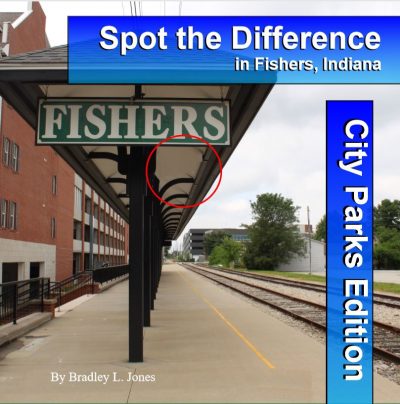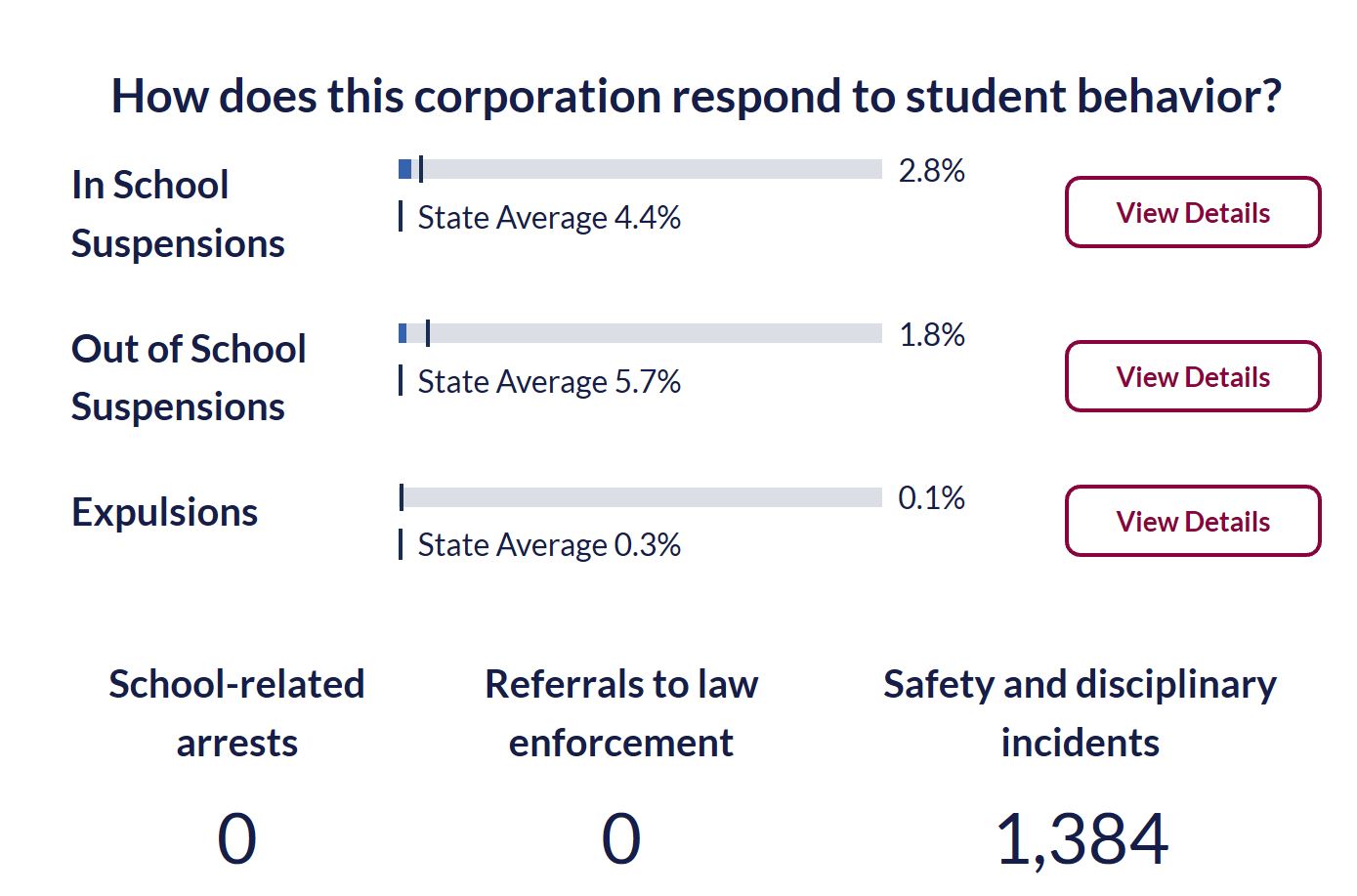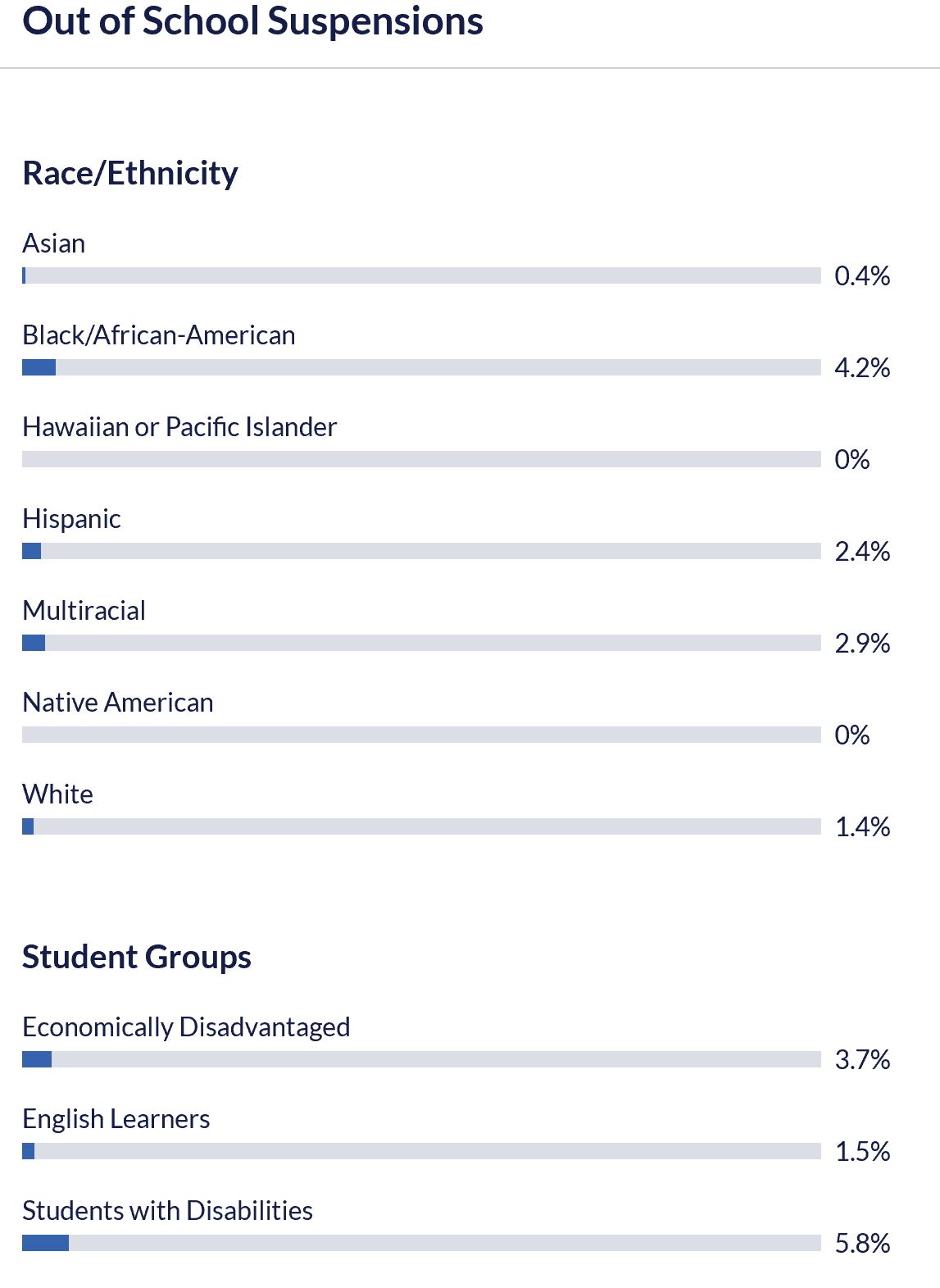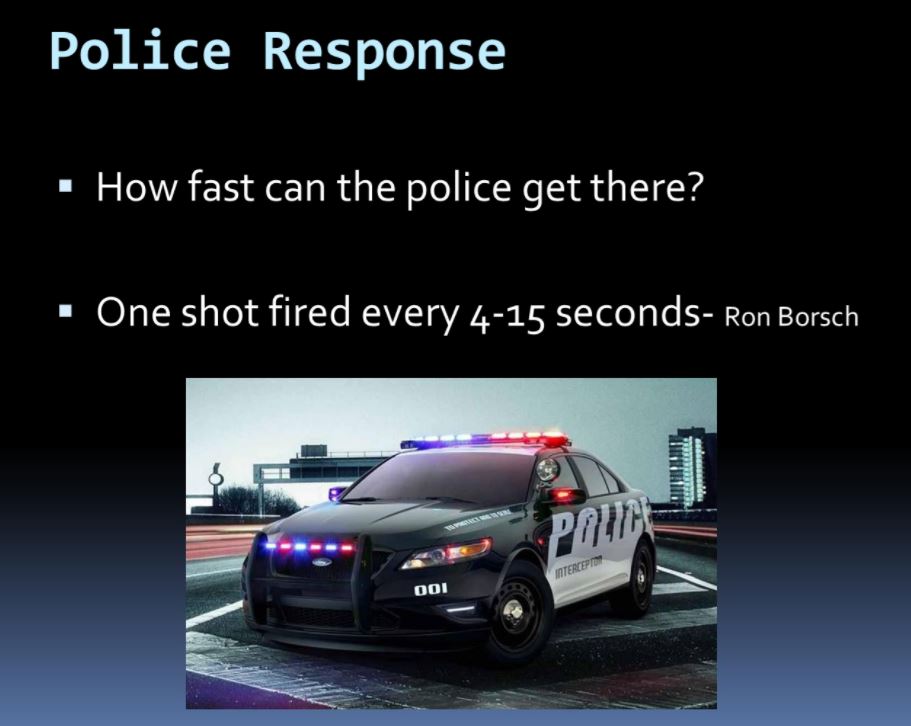Last year, the City of Fishers approved a tax increase for the Nickel Plate Trail construction. This tax was expected to raise somewhere between $7 and $9 million dollars that can be used toward constructing the trial. Additionally, the City of Fishers released a master plan for the trail that showed numerous amenities that could be included with the trail. With the tax in place and being collected and a “plan” having been created, where do things stand? What are the facts on the trail today?
Before digging deeper into where things stand today, it is important to make a few clarifications.
First, if you review the master plan, you will note that it indicates that it is a twenty-one-year plan. This time window is not always clearly stated in meetings nor when the trail amenities are discussed. If you look at the plan and see art, LED screens, sitting areas, fountains, gardens, and other features, you should understand that these could take up to 21 years to provide. The master plan unfortunately is void of any breakdown of dates or costs for the specific items that are illustrated.
What should also be clarified is what is meant by the Nickel Plate Trail. In this case, the Nickel Plate Trail is the new trail that is expected to be built where the Nickel Plate railroad tracks previously existed. This is not the Nickel Plate Trail currently found in Cheeney Creek in Fishers. It also is not the trail identified as the Nickel Plate Trail in the 2040 plan released by the City in 2016. My understanding is that the Nickel Plate Trail identified in the 2040 city plan is now being called the Conner Trail.
Where Do Things Stand Today?
Today, the process of building the trail has started. Most of the rails have been removed and a rocky dirt path stands where they had been located. This city had taken bids for the removal. They chose the one company that agreed to pay to do the removal work in exchange for keeping the removed materials. The company did, however, include a waver that they would not remove the rails at the intersections because of the added cost of making repairs to roads and such.
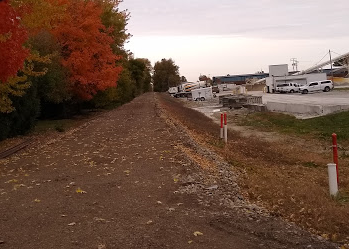
The removal work has been done. What is worth noting is that a city board member indicated that the hundreds of thousands that the city will receive from this are not going to build the trail. Rather those funds are being given away as a donation.
To sum up where things stand today, taxes are being collected, fees are being received, and the rails are removed.
Funding the Next Step
It is important to note that the tax increase done by the city of Fishers was an increase to the property tax rate. This means that it doesn’t just get collected the first year, but it gets collected until the City removes it. The $7 to $9 million gets collected this year, next year, the following year, and so on until the city reduces the tax rate. Of course, there is nothing that I am aware of that requires the city to use the increase for the trail beyond the first year, so there is no reason to expect it will ever go away.
One of the things the city did this past year to try to reduce cost of the trail was to apply for grants. Unfortunately, Fishers did not get the grants that they targeted. My understanding is that those funds ended up going to other places such as Indianapolis projects. The city is planning to continue to apply for additional grants. I was told that there is a plan to solicit the state for a grant to help with the trail that would be on a much larger scale and could include Noblesville and Indianapolis. Should such grants be received, that would reduce the local tax cost for residents or possibly speed up the delivering of some of the amenities.
Back in February, the Indianapolis Star reported that the initial funds from the tax increase would be used to build the first phase of the trail including amenities such as bathrooms, water fountains, landscaping and art. This first phase is expected to be the section of trail from 106th Street to 126th Street and would include an underpass on 116th Street. There were two other phases that have now been combined, which would be the trail sections from 96th Street to 106th Street and from 126th Street to 146th Street.
What’s Next for the Nickel Plate Trail Plan?
With a new tax increase in place, the funds should be ready to start constructing the trail. Being that it is now Fall, a city official indicated to me that construction will likely not start until the Spring.
The city put out RFPs for the first phase of construction and was working with three companies. The result is that they now have a cost projection for phase one to be approximately $5.5 million and phase 2 to be $2 million.
This is higher than the initial rough cost estimates presented a couple of years ago of just over $4.2 million for the entire Fishers segment. The good news is that this totals within expected range for the first year of new tax dollars and gives funds for both phases of the trail. That should cover the basic trail clear across the city of Fishers.
I was told that part of what kept the first phase number lower ($5.5 versus $7 to $9 million) is the expected cost of the underpass at 116th Street. The city council member indicated that per the proposals received, this construction is expected to cost under $3 million.
But…
When the numbers come in lower than expected for a city project, you must start asking questions. Often there is a “but” that needs to be explored.
In this case, I’ve been told that what is being built is just the trail. No amenities, no connections to existing trails, and no other features beyond the asphalt trail and the underpass at 116th Street. All the sizzle or bells and whistles are future items to be addressed at additional costs.
For those living down the road from the future trail on 106th or 131st Street, there will not be new connecting sidewalks that get you to the trail. That is future stuff.

So Much Promised, so Little Planned….
The NPT plan promises a lot of amenities. Expectations are high on what the trail features are going to include. The only items that have been truly planned, however, is the basic asphalt trail. While amenities have been listed and while there is a list of ideas wanted (and called a plan), there are not priorities set, there is no order set, and there are no timelines set. More importantly, even though they’ve been identified, there are no cost estimates associated with the amenities and tasks to help create a working plan.
Having said that, by the time the asphalt is laid for the initial two phases, the city should be on their second or third year of collecting the new taxes. If the money remains allocated for the trial, then there should be plenty of money to add connections to the trail and start building amenities. In fact, if the tax is never rolled off and the plan truly takes 21 years to build, then (ignoring increased assessed values and new homes) the city should have working capital of between $147 and $189 million to put against the trail. That should be enough to provide a lot of sizzle to the trail.
In Conclusion…
The trail has started and the rails are mostly gone. People are walking the existing path, which should turn to asphalt next year. It is great that the city is looking for grants and other means to offset the cost. The city has, however, also increased our taxes to build this trail. It is important that we, the residents, hold the city accountable for spending the increased in the manner they promised, and that we require the city to eliminate the tax increase when the funds are no longer being use for the trail as promised.
# # #
Do you know how many parks are already in Fishers? Do you know what amenities already exist? We have some fantastic parks! Order a copy of my book from Amazon and not only will see the variety of parks, but you can have fun doing the “Find the difference” puzzles! Purchasing a copy helps offset my blogging costs and supports a small, local publisher!
Buy a copy: Amazon
